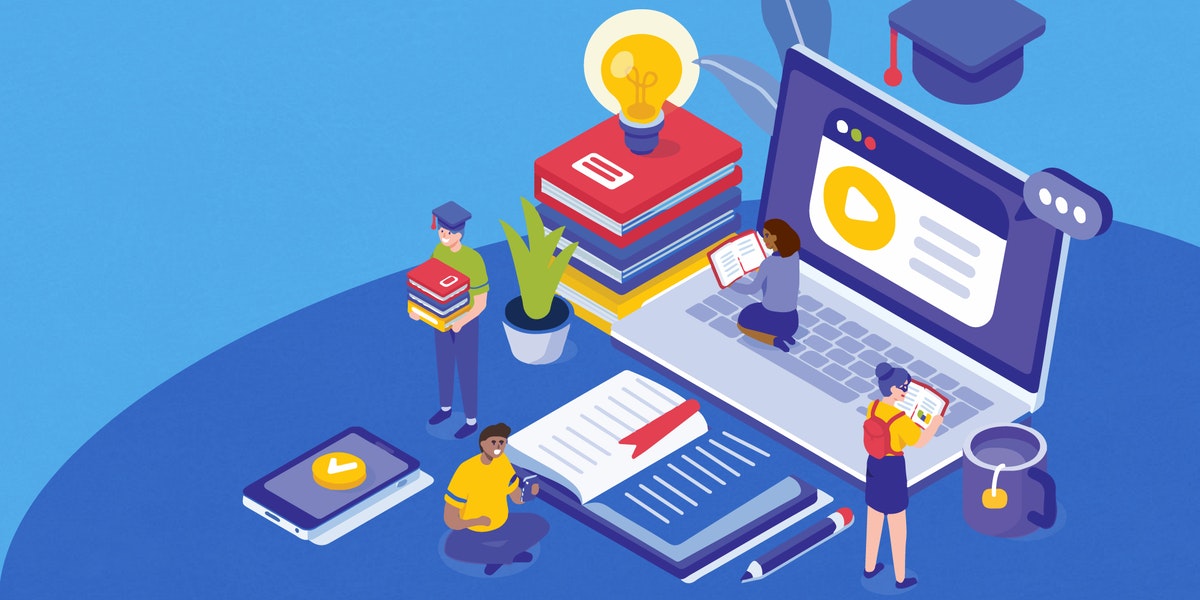Modern educational policy places a lot of importance on the learning environment that is provided by schools. The rationale behind this is that a conductive learning environment, in the school or classroom, results in better assimilation, by the pupils, of the learning inputs provided. The last decade has brought about a revolution in the way information is, and, can be disseminated. With the rapid developments in the area of Information Technology, today, there are numerous sources available for the student to receive knowledge and information. Modern day students have easy access to computers, mobile phones, tablets and other Wi-Fi gadgets which serve as portable storehouses of information.
As such, the earlier concept of a classroom being the primary focal point of learning is slowly turning obsolete. In order that schools continue to hold their own in this rapidly changing scenario, it is imperative that the schooling system work towards upgrading the existing learning infrastructure.
Influence of Learning Environment on Learning – Improving Learning techniques
While upgrading the physical learning environment of a school has a significant bearing on the overall improvement of the school’s performance as an education provider, more important is to bring about a change in the techniques by which that learning is imparted to the students.
The earlier system, where the teacher was the single-point source of knowledge dissemination, in a fixed classroom structure, can no longer work. Thanks to the access to the internet and communication devices like mobile phones and portable tablet PCs, modern students are much more aware and inquisitive than their counterparts from a decade back.

Taking these factors into consideration, schools today must work towards upgrading the learning techniques practiced – both physical and tangible – to support this shift in the needs and aspirations of the modern pupil.
The school infrastructure will need to be upgraded to provide for Wi-Fi enabled areas to enable students to easily access the internet as and when required. This would require construction of special areas with adequate electrical points and work-tops. Schools may need to look at the option of making laptops or tablet PCs available to the students, to be used instead of the traditional pen-paper. The above changes in the infrastructure will, no doubt, bring with it additional challenges of a different kind.
Challenges that the education system would face
Firstly, the teaching techniques will need to be upgraded to support a more techno-friendly atmosphere. Teachers will need to be trained in ways to effectively use the available technology and resources in a way that enhances the learning experience in their classrooms.
Newer techniques will need to be devised to encourage participation and interaction of students with the teachers and among themselves. Else, the classroom will be reduced to a place where each person is glued to their own gadget.
Of course, before all of this, effective systems, procedures and the necessary software will need to be developed and installed so as to avoid misuse of technology by mischievous elements in the system and the society.


